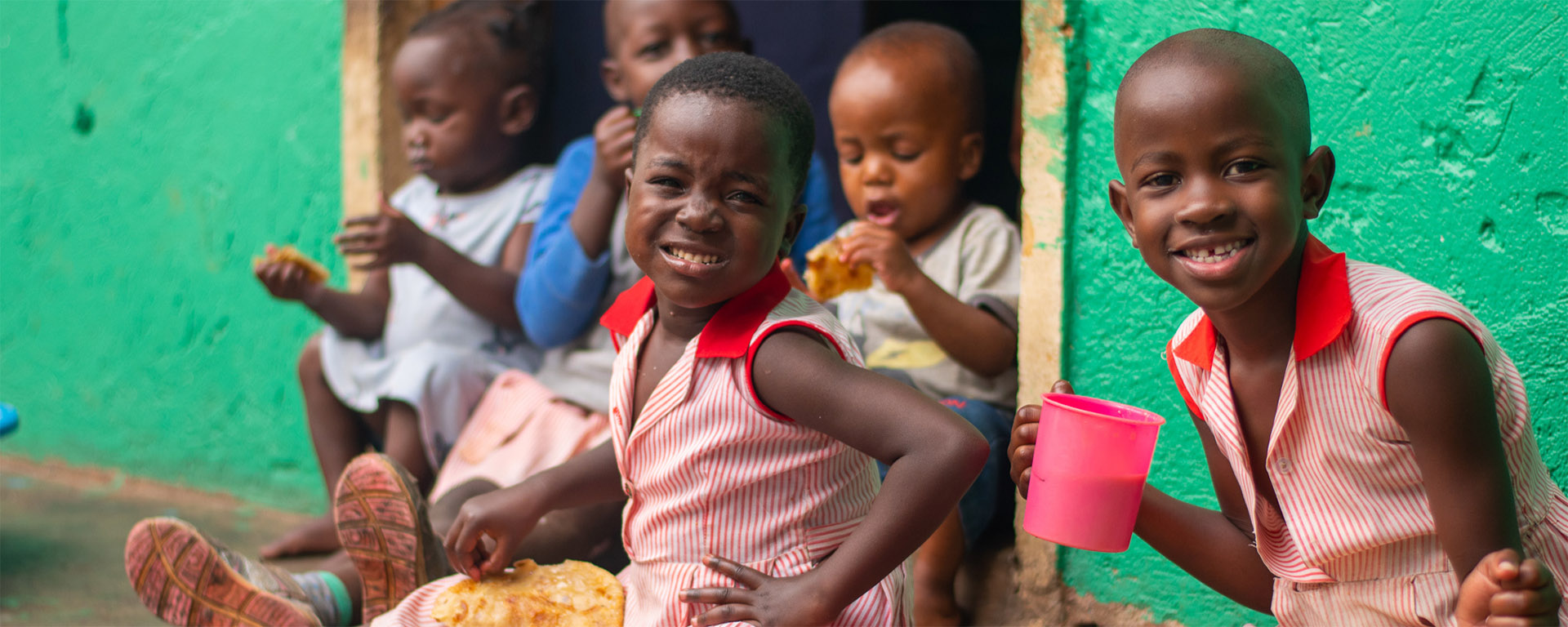Rebuilding everyday life starts after a crisis. Those who have survived a catastrophe want to continue their lives as normally as possible. Fixing damages in familiar surroundings and returning to everyday routines helps emotional recovery.
Rebuilding

Back to school as soon as possible
Development Aid Africa finances the rebuilding of damaged homes, health care centers and especially schools through donors. Going to school and all everyday routines help children to recover after a catastrophe. The continuation of school work is initially secured by the building of tent schools or temporary, light structured learning spaces. Later, the old school buildings are repaired or new permanent school buildings are built.
The schools are built either in cooperation with local organizations or by commissioning them. In either case, local communities have a major role all the way from assessing the needs to the design and construction.
Sustainable building
The building decisions are based on international humanitarian standards and guidelines, as well as local regulations. The decisions take into consideration:
- The well-being of the users.
- Accessibility, i.e. evenhandedness and objectivity.
- Risk management both in construction and in activities.
- Ecology and long-term usage.
For example, the frame of a temporary school building can be so durable, that it can later be used in framing a permanent building.
Rebuilding supports local industries
Rebuilding helps local industries to recover. DAA hires local building companies or professionals, obtains building materials on site and employs community members through the Cash for Work –principle.
Together with other industries in the field, DAA develops building methods and school models that are easily and quickly built, may be used for different purposes and allow for the use of local materials.



